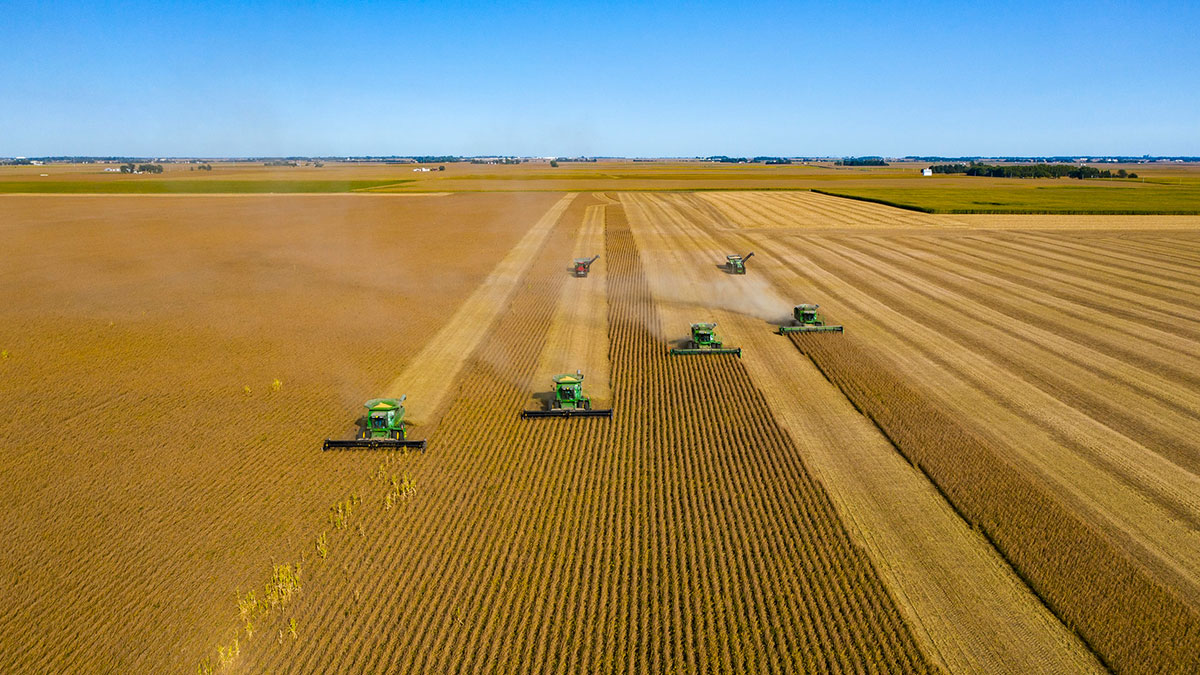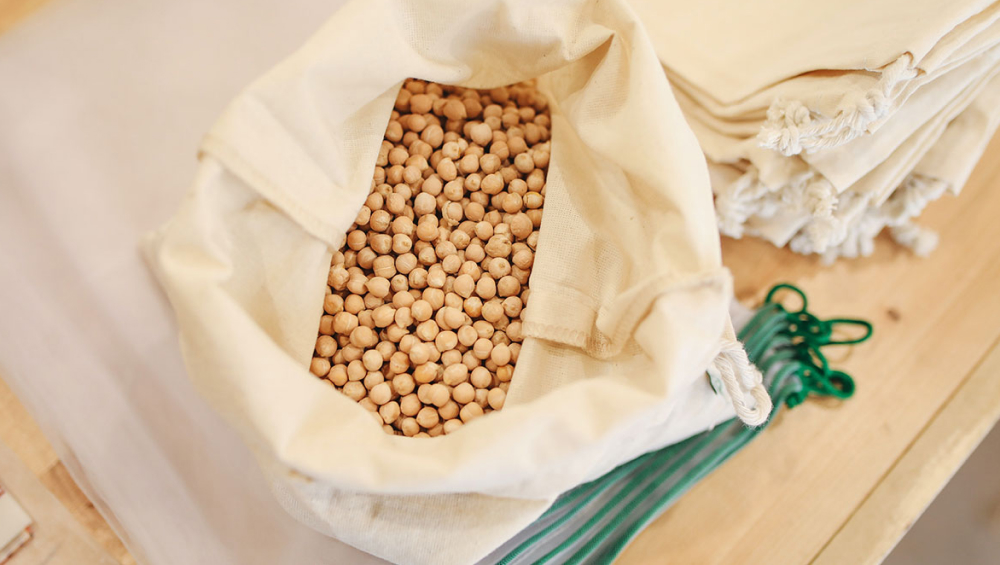Soybeans is an oilseed crop that is used across industries from feedstock to the creation to vegetable oil. A huge number of food products from tofu to soy milk and soy protein depend on this agricultural commodity making it a dynamic product to trade in the international futures market.
In fact, in just the first half of 2021, 346 million soy futures were traded alone on the Dalian futures exchange.
As emerging market economies expand, the demand for soybeans will continue to be strong while production will continue to be driven by countries such as the United States.
Producers and consumers of soybeans can hedge their exposure and price fluctuations using soybean futures.
If a producer, such as a farmer, believes soybean prices will fall, he can short the futures market to lock in his margin from the physical sales of soybeans.
Conversely, traders can also choose to be bullish and go long on soybean futures if they believe prices will rise in the future.
In this article, we will take you through all you need to know about trading the soybean futures market to make better decisions when trading the commodity.
1. Soybean Market Is Heavily Affected By The Production In The USA, Brazil, Argentina & China
Brazil, the USA, Argentina and China contributes to over 90% of the world’s soybean production and has exceeded 300 million metric tons in 2020.
In fact, Brazil makes up for over a third of soybean supply with the USA following closely behind with over a quarter of supply production.
This means that any increase in production from these countries could cause a drop in soybean prices. Conversely, a drop in production due to policy, farmers’ decisions or an economic slowdown could spur a significant rise in soybean prices compared to other countries.
2. China’s Demand For Soybeans Is Strong
As the most populous country in the world, China accounts for nearly 60% of the world’s soybean imports in 2020/2021.
This is due to a surging appetite for increased production of animal feed for their massive livestock sector which has rebounded strongly.
As such, traders looking to take any position should pay attention to China’s demand for soybean and their products. A booming livestock market could indicate a need for more soybeans, causing the price of soybean futures to rise in price.
3. The Key Fundamentals That Affect Soybean Prices
There are a variety of fundamental factors that can drive soybean prices and traders should take note.
The US Dollar
Like most commodities, soybean prices are quoted primarily in US dollars. That means when the dollar is stronger, soybean prices will typically fall and the converse is true.
Emerging Market Demand
Apart from China, many emerging countries such as India and South Africa are increasing their imports of soybeans to their borders. Rising demand from these countries can place upward pressure on the prices.
Ethanol Subsidies
In the USA, the IRS offers an ethanol subsidy that benefits corn farmers. Should the ethanol subsidy come to an end, farmers might be more motivated to grow soybeans instead which could, in turn, lower the prices of soybeans.
Planting, Harvesting & Seasonality
Because soybean is a consumable crop, any change in the planting and harvesting schedules can affect the supply. Additionally, crop diseases can also negatively affect the harvest, causing prices to rise if it is widespread.

4. The Three Types Of Soybeans Products To Trade
Whether you are hedging or trading soybean futures there are three main types of products you should be aware of.
Soybeans
This is going to be the most common contract that is available to trade. As a trader, soybean contracts represent the raw commodity of soybeans where the rest of the soy products – oil and meal and derived.
It is mainly quoted cents per bushel.
Soybean Oil
This is an extract of soybeans and can be used as both a fuel for cooking as well as a form of bio-diesel for cars.
It is mainly quoted in cents per pound.
Soybean Meal
Soybean meal is an extract of soybeans and is essentially the leftover of soybeans after the oil has been extracted. Due to having a high protein content, it is primarily used as a feedstock for cattle globally.
It is mainly quoted in dollars and cents per short ton.
5. There Are Multiple Exchanges To Trade Soybeans
There are a variety of exchanges that traders, producers and consumers can trade and hedge their positions in the soybean market.
In the West, for example, you can trade soybean, soybean oil and soybean meal futures at the Chicago Board of Trade (CBOT) as well as the Chicago Mercantile Exchange (CME).
In the East, traders can access the Chinese market and trade soy futures at the Dalian Commodity Exchange. Trading units here are denominated in metric tonnes and priced in Chinese RMB.
One key point is the difference in access. The CBOT is open to traders from all over the world, and its contracts serve as benchmarks for the global trade in soybeans. The DCE, in contrast, is dominated by domestic market participants. Although the Chinese government has allowed futures exchanges to offer certain contracts directly to non-local traders, none of the soy contracts are in that category yet.
6. Futures Trading Requires An Initial Margin & Maintenance
Trading soybeans futures requires you to put up an initial margin and maintenance margin.
The amount of the initial margin will depend on the exchange you are trading on and normally varies between 5 to 10% of the contract value.
Maintenance margin is funds that you will have to put up to continue holding your futures contract position. In the event the funds drop below the maintenance margin amount, you will have to top up your account – this is what’s known as a margin call.
Soybeans futures on the Dalian Commodity Exchange, for example, require traders to put up 5% of the contract value.

Trade Soybean Futures Today With Orient Futures
At Orient Futures, we provide traders and hedgers with access to the world’s major futures exchanges.
These include access to soybeans, soybean oil and soybean meal futures.
We are an official MAS regulated broker as well as an official overseas intermediary, allowing traders to access a spectrum of futures and options in Chinese exchanges including the INE, DCE and ZCE.
With us, you can enjoy direct access to trading, clearing and settlement. Our parent company, Shanghai Orient Futures, is the largest broker in terms of aggregated volume across the five regulated exchanges in China.
Learn more about trading Soybean futures with Orient Futures here.



